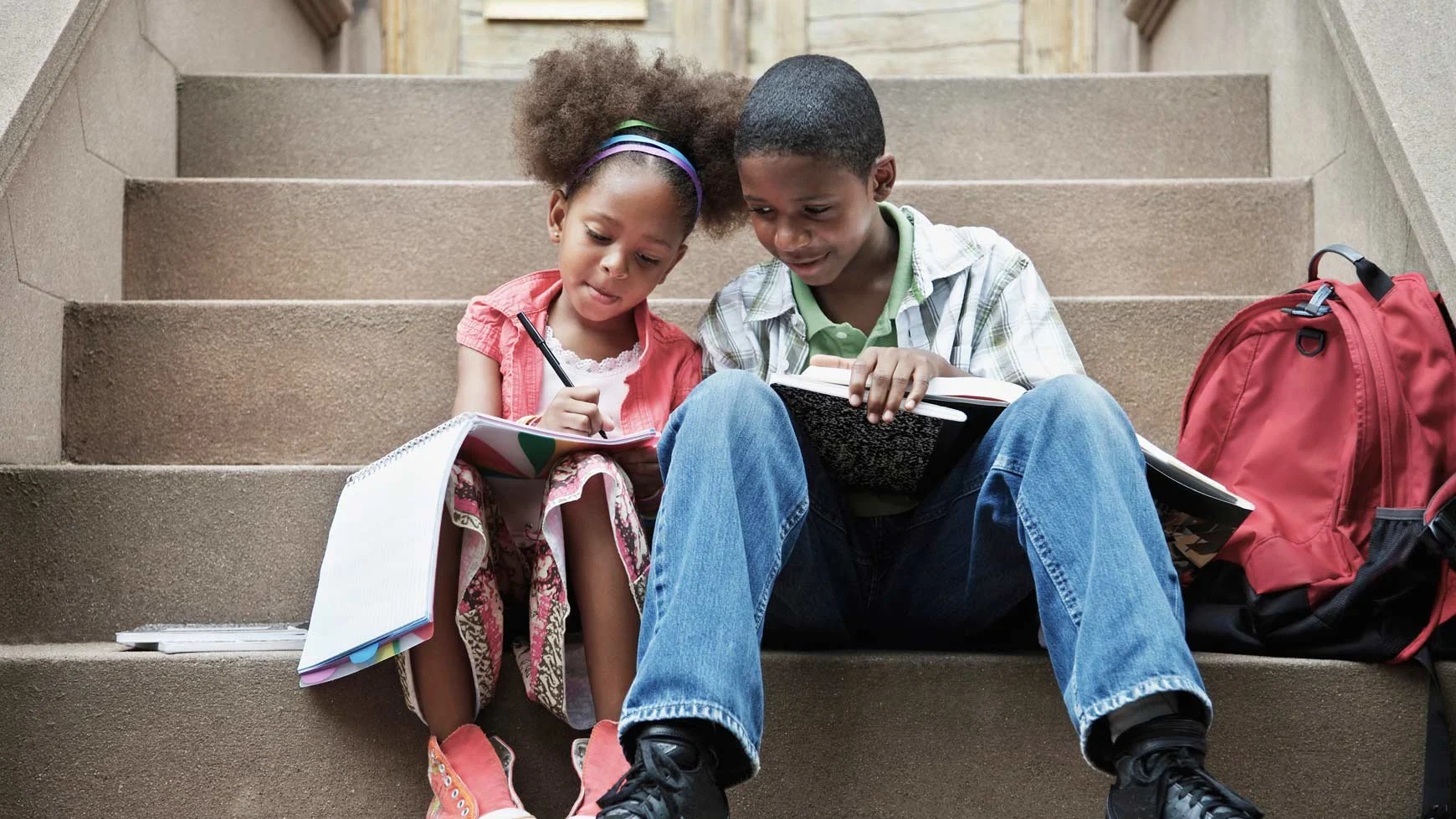Treatment for kids with dyslexia

At a glance
There are lots of professionals who can help kids with dyslexia.
Schools can provide extra support and specialized instruction.
There are many ways you can help your child with dyslexia at home, too.
Finding out your child has dyslexia can be difficult to take in. You may worry about what it means for your child’s future. But knowing what’s behind your child’s reading challenges makes it easier to find treatment that can help. Professionals in and out of school have different ways of working with kids to help build reading and language skills.
Dyslexia is an issue with language. There are no medications for dyslexia. (It’s also important to know that vision therapy has not been shown to effectively treat dyslexia.)
Learn about dyslexia treatment, including strategies and therapies that can help kids with dyslexia.
Instruction and support for dyslexia
Kids with dyslexia need specific and direct instruction in reading. A number of reading programs are designed to help kids with dyslexia. And many are based on an approach called Orton–Gillingham (OG). Kids can get this instruction in school as part of or as an instructional intervention. They can also get it working with a private reading specialist.
The formal name for this type of instruction is multisensory structured language education (MSLE). Multisensory teaching uses sight, sound, movement, and touch to help kids connect language to words. Experts often consider it the gold standard for teaching kids with dyslexia to read.
With this approach, teachers involve different senses to help kids learn. They might use sandpaper letters to learn phonics and spelling, for instance. Or they might learn syllables by tapping them out with their fingers.
Multisensory instruction also gives kids a lot of opportunity to “overlearn” material. This happens through repetition. It also happens by having kids use what they’ve learned in different contexts.
These programs have different names and use different materials. But they all have a structured approach. The programs are intensive and are taught one-on-one or in small groups. Their goal is to improve spoken and written language skills.
You can also try many of these multisensory techniques at home.
Specialized instruction isn’t the only way schools help kids with dyslexia. If your child has an or a , the school might provide accommodations, like extra time on tests or copies of teachers’ notes.
You’ll have to request a free school evaluation to find out if your child is eligible. But even without an IEP or a 504 plan, teachers still might provide informal supports.
Your child might also use assistive technology for reading. Two examples are text-to-speech software and audiobooks. You can use these tools at home, too.
Therapies for dyslexia
Since dyslexia is an issue with language, challenges often begin with phonological awareness, a language skill that is critical for reading.
Kids with poor phonological awareness have trouble recognizing and working with the sounds in words. They’re much more likely to struggle with learning to read.
Specialists can teach kids with dyslexia to recognize word sounds. They can also teach phonics — connecting letters with sounds, breaking words into sounds, and blending sounds into words. Together, these skills allow kids to sound out words they don’t know. That process is known as decoding, and it’s core to reading.
Professionals who provide this type of help include psychologists, teachers, reading specialists, learning specialists, and speech-language pathologists (SLPs) who focus on learning challenges. Some specialists work in schools and others in private settings.
They use lots of different strategies to build phonological awareness and other reading skills. They might work on rhyming, for instance. Or they may help kids recognize syllables by having them clap out the ones in their names.
Treatment for co-occurring issues
Many kids with dyslexia also have ADHD. Some also have anxiety or depression. There are many treatment options for mental health issues and ADHD, including therapy and medication.
Those treatments won’t directly help with dyslexia. But when kids get help with their other challenges, they can get the most out of the instruction they’re getting for reading difficulties. And therapy helps some kids feel more confident in talking about having dyslexia or in being comfortable using accommodations.
Ways to help with dyslexia at home
There are also lots of ways to help with reading at home. But helping begins with talking openly with your child about learning and thinking differently.
By starting the conversation, you set the stage for talking to your child more about dyslexia and what it means. And your child may be more open to hearing important messages — such as that having dyslexia doesn’t mean your child isn’t smart. And that with the right support, your child will thrive in school and beyond.
Key takeaways
Multisensory instruction is especially helpful for teaching kids with dyslexia to read.
Schools can provide accommodations and technology like text-to-speech.
Talking openly about dyslexia helps kids understand why they need support and that their skills can improve.

